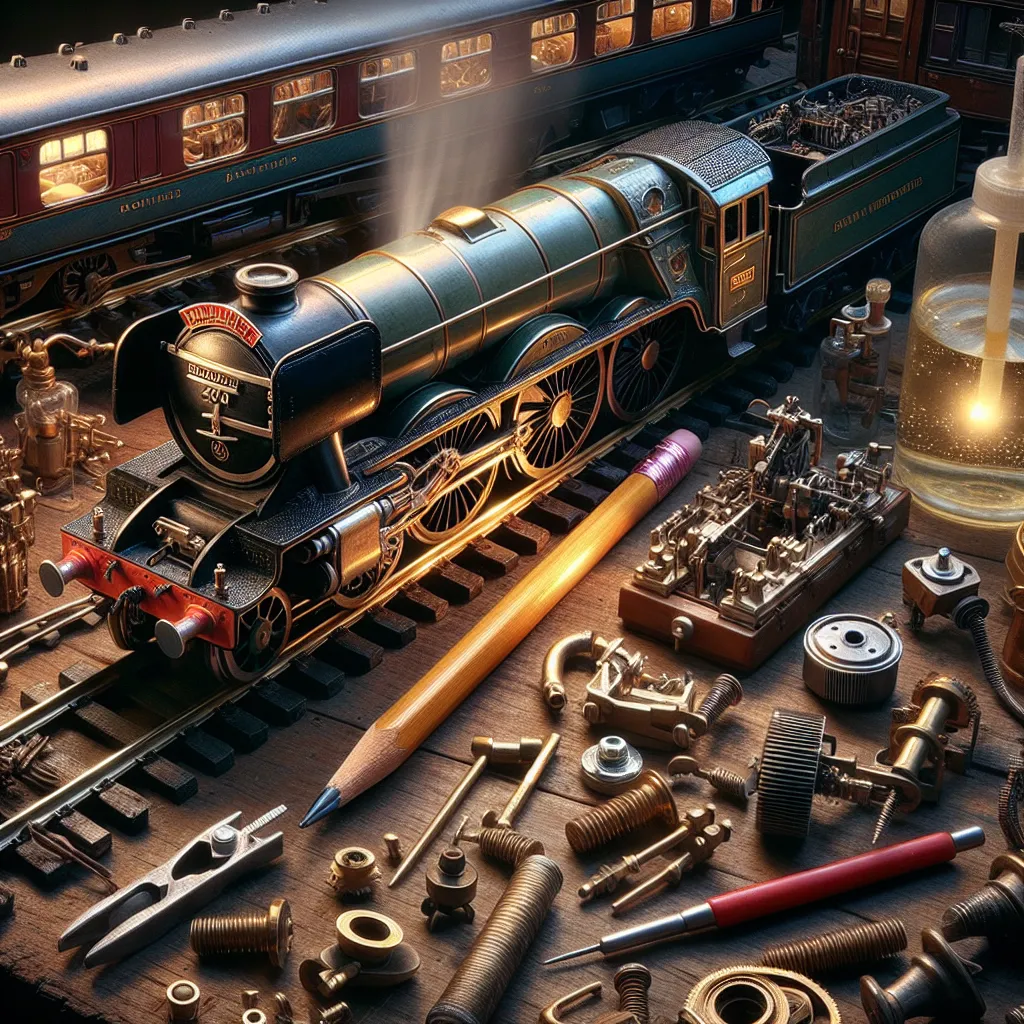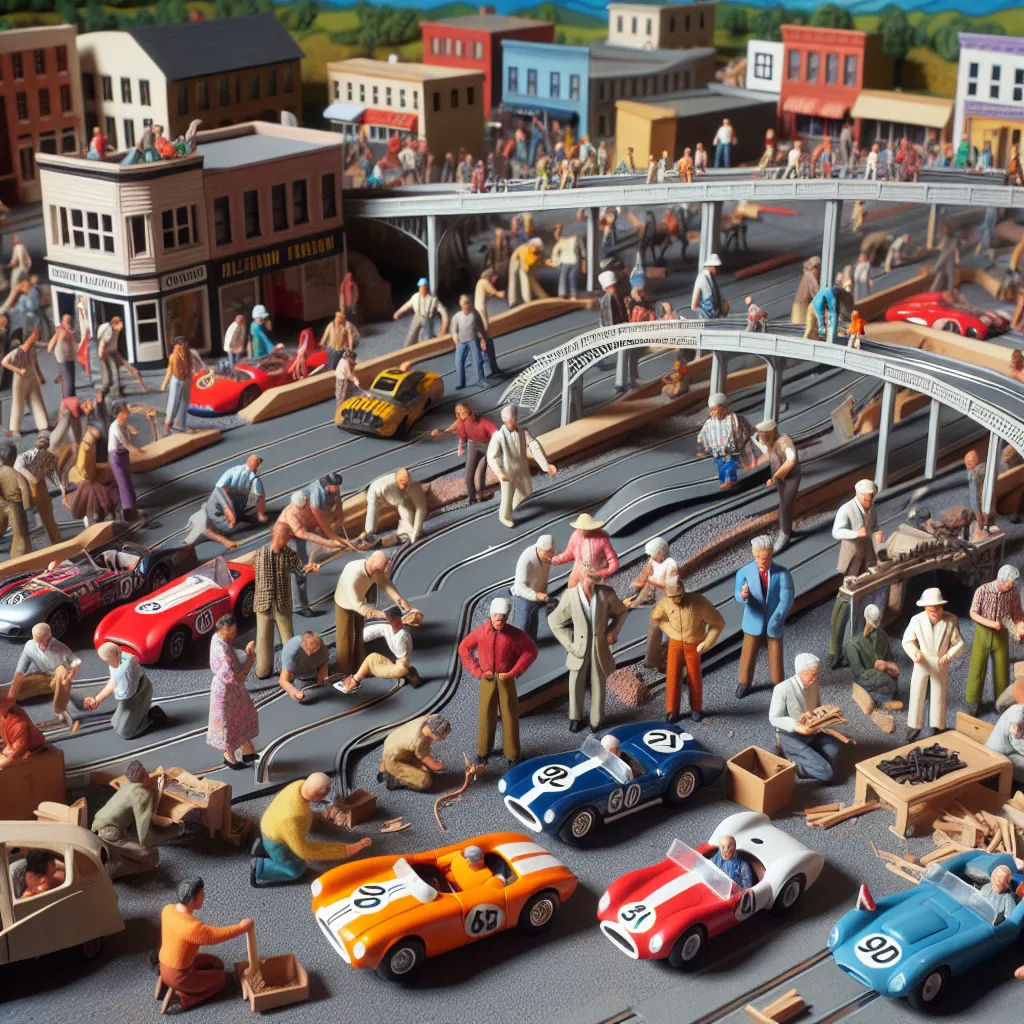Hey everyone, I’m James May, and welcome back to “The Reassembler.” Today, we’re diving into a 1971 Hornby Flying Scotsman train set, which has been dismantled into its 138 tiny parts. We’re going to reassemble it piece by piece and witness the miracle of electricity bringing it back to life.
Starting with the electric motor, we focus on the XO series motor, a masterpiece of miniature engineering. It’s all about understanding the electromotive force (EMF) that drives the motor, and every delicate part counts. Assembling the frame, rotor, and commutator is like bringing a forgotten symphony back to life.
First, we cleaned the commutator using a fiberglass pencil dipped in isopropyl alcohol, carefully making sure it’s bright and clean to ensure flawless contact. Then, re-magnetizing the motor’s magnet became a special moment of realizing how magnetism keeps everything running smoothly.
Recollecting childhood memories, I recalled my old train set’s simplicity and how it brought joy despite its rudimentary technology compared to modern gadgets. At one point, I got into the nitty-gritty of British-standard screws and bolts, discussing their characteristics and functional differences.
Next, I put on the connecting rods and valve gear. Getting the wheel quartering right was crucial; it had to be precise to avoid the train from jerking during its run. Using a wheel quartering jig, I meticulously aligned the wheels to ensure they moved in perfect harmony.
After attaching the glowing firebox feature—a marvel from the 70s that simulates a steam locomotive’s fire—we shifted to another innovative feature: the realistic chuffing sound of the tender. This feature reflected the peak of toy train engineering, creating nostalgia through sound and simple mechanical ingenuity, much like playing a string instrument.
Reassembling the coaches was straightforward. They were impressively detailed replicas featuring the teak designs of the London and North Eastern Railway, a testament to the luxurious train travels of the past. I reminisced about the stark contrast between the plush interiors of passenger cars and the harsh realities faced by train operators during the steam era.
Finally, it was time to reassemble the main body of the locomotive and place it on the newly assembled track. With the power connected, the moment of truth arrived.
As the Flying Scotsman came alive, chuffing realistically, I couldn’t help but feel a wave of nostalgia and triumph. It highlighted how these toys, simple yet ingenious, bridged the gap between generations and technological eras. Assembling the railway set was not just about putting pieces together; it was a journey back in time.
So there you have it—after hours of meticulous work, the Flying Scotsman train set is back in action. Reassembling something piece by piece provided a profound appreciation for its design and the history it represents. Hope you enjoyed this journey as much as I did! Keep reassembling, everyone!






